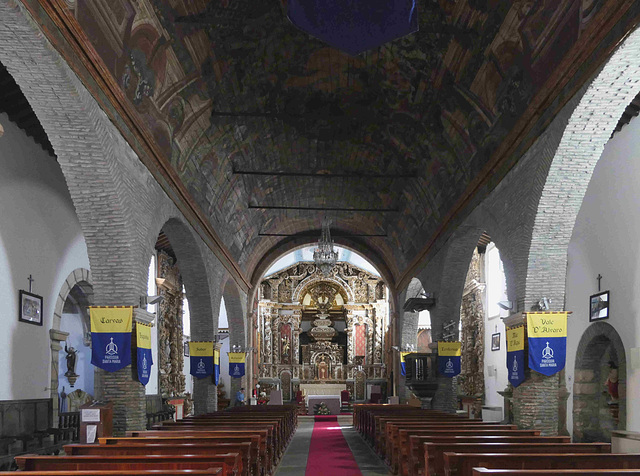Austria - Kleinwalsertal/Riezlern, Mariä Opferung
Germany - Weingarten, Basilika St. Martin und Oswa…
Austria - Kleinwalsertal/Hirschegg, Hl. Mutter Ann…
Germany - Oberstaufen, St. Peter und Paul
Germany - Oberstdorf, St. Johannes Baptist
Nederland - Denekamp, Sint-Nicolaaskerk
Greece - Karpenisi, Holy Church of the Virgin Mary
Greece - Preveza, Metropolitan church of Saint Cha…
Nederland - Broek op Langedijk, Broeker Veiling
Italy - Brixen Cathedral
Katedrála svatého Bartoloměje v Plzni
La galleria per andare sul molo del porto
Bienvenue à Versailles
Winchester - Cathedral
Dome
Batalha - Mosteiro da Batalha
Uganda, Inside of Minaret at Gaddafi National Mosq…
Curemonte Corrèze
HFF from Salisbury Cathedral
Dentiste salle d attente
Metropolitan Cathedral of Christ the King, Liverpo…
Waiting For The Party To Start
Úbeda - Hospital de Santiago
HFF
Clamanges
Église Saint Martin à Vertus
Crypte église de Vertus
Italie Bellagio lac de Côme
Le café du Palais REIMS
Orgue Sainte Anne Bordeaux
Amazas : una galleria con oggetti in disuso
Cathédrale Sainte Cécile Albi
A Dinner With Friends
Musée d EPERNAY
Le Panthéon
Location
See also...
Keywords
Authorizations, license
-
Visible by: Everyone -
All rights reserved
-
19 visits
Bragança - Igreja de Santa Maria


In Roman times, the region belonged to the province of Gallaecia and was under the administration of Asturica Augusta (now Astorga).
The Romans were followed by the Visigoths and Suebi, who incorporated this region into their empire and introduced wheat cultivation. The first documentary mention of the settlement that developed into today's Bragança was found in the records of the Council of Lugo in 569. Under the administration of King Wamba, the town was recorded as Bregancia in 666.
From 711, the Visigoths were expelled by the Moors. The area was probably sparsely populated when the Reconquista emerged and pushed the Moors southwards. Due to its location on strategic transport routes, Bragança became increasingly important, especially after Portugal gained independence in 1139. King D. Sancho I rebuilt the badly damaged town, refortified it and granted it city rights in 1187. In 1199, D. Sancho I freed the town from the siege by Alfonso IX and established the current Portuguese place name.
In the course of the revolution of 1383 and the attempt by the hereditary Castile to take over Portugal, Bragança fell to its neighbour. It has been Portuguese again since 1401
Located within the walls of the Citadel of Bragança, it was built in the 14th century. Considered to be the oldest church in the city, this Romanesque church was modified over two centuries, resulting in a Baroque style.
The Romans were followed by the Visigoths and Suebi, who incorporated this region into their empire and introduced wheat cultivation. The first documentary mention of the settlement that developed into today's Bragança was found in the records of the Council of Lugo in 569. Under the administration of King Wamba, the town was recorded as Bregancia in 666.
From 711, the Visigoths were expelled by the Moors. The area was probably sparsely populated when the Reconquista emerged and pushed the Moors southwards. Due to its location on strategic transport routes, Bragança became increasingly important, especially after Portugal gained independence in 1139. King D. Sancho I rebuilt the badly damaged town, refortified it and granted it city rights in 1187. In 1199, D. Sancho I freed the town from the siege by Alfonso IX and established the current Portuguese place name.
In the course of the revolution of 1383 and the attempt by the hereditary Castile to take over Portugal, Bragança fell to its neighbour. It has been Portuguese again since 1401
Located within the walls of the Citadel of Bragança, it was built in the 14th century. Considered to be the oldest church in the city, this Romanesque church was modified over two centuries, resulting in a Baroque style.
Don Sutherland, Philippe Collard, Paolo Tanino, Alexander Prolygin have particularly liked this photo
- Keyboard shortcuts:
Jump to top
RSS feed- Latest comments - Subscribe to the comment feeds of this photo
- ipernity © 2007-2024
- Help & Contact
|
Club news
|
About ipernity
|
History |
ipernity Club & Prices |
Guide of good conduct
Donate | Group guidelines | Privacy policy | Terms of use | Statutes | In memoria -
Facebook
Twitter

Sign-in to write a comment.